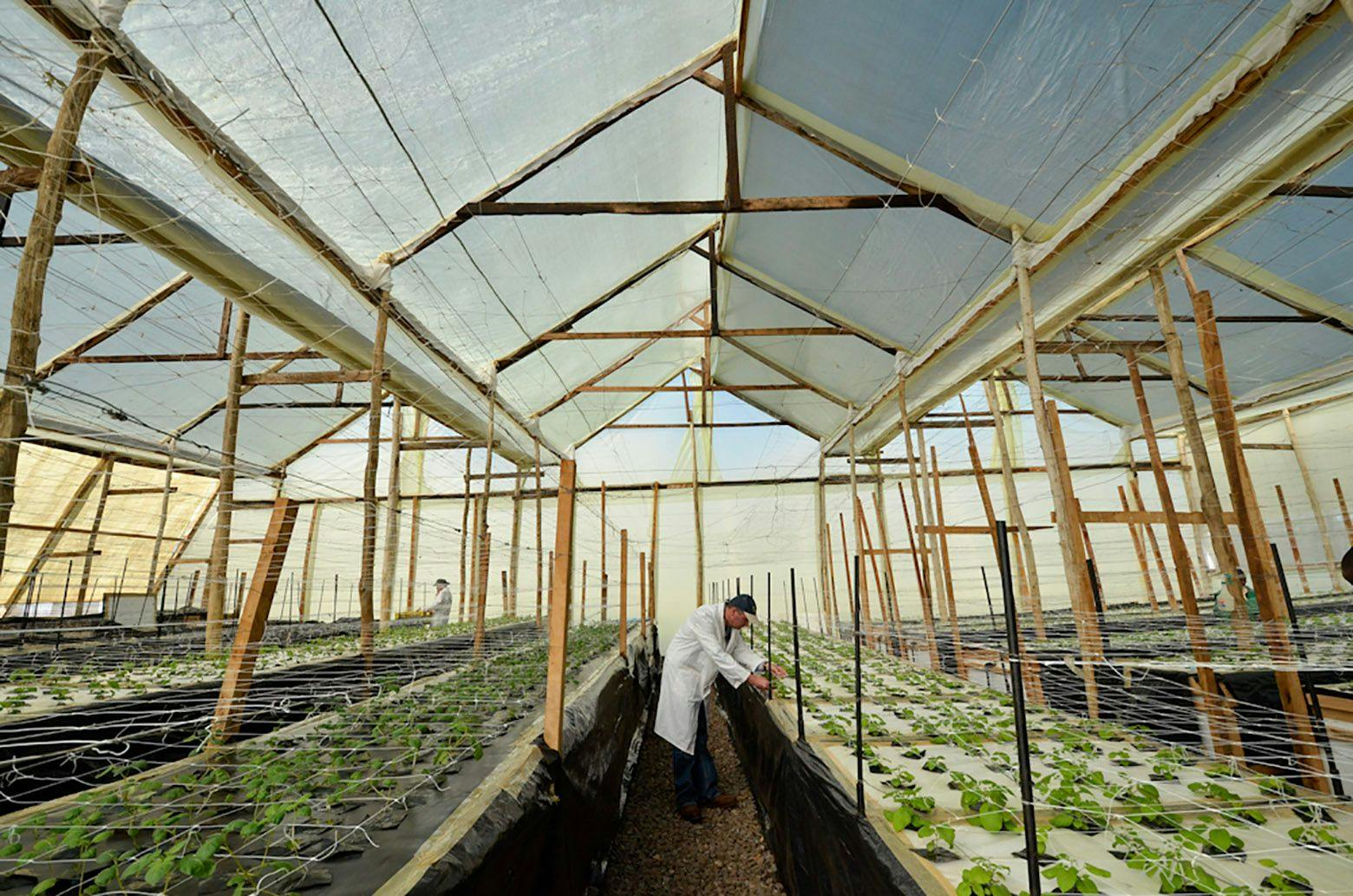Synopsis
The Atlas' economic return model, developed during conception of the AICCRA program, generates key economic performance indicators to support investor decisions.
Use Case: Projecting the economic performance of an adaptation project
Stakeholder Group: International Finance Institution
Impact: Unlock finance
KPI: US$ 100 M invested
Geography: Six primary countries including Ghana, Senegal, Mali, Zambia, Ethiopia, and Kenya

Image credit: ©2012CIAT/NeilPalmer
Useful models
The World Bank needed to rigorously assess the benefits of a potential new investment to catalyze access and use of new agricultural practices and digital information expansion. However, a lack of comprehensive data or tools across these countries made it difficult to estimate potential impact. To address this, the World Bank collaborated with CGIAR to develop the project’s economic and finance analysis, aiming to provide a detailed analysis of the plausible economic impacts if implemented.
That model, which is the basis of the “Estimating Economic Returns on Adaptation” Spotlight, leverages economic indicators, productivity trends, and project-specific, user-defined inputs offered the World Bank a powerful tool to evaluate the feasibility and potential impact of their investment. With this data-driven evidence, the World Bank was able to advocate effectively for the proposed investments, presenting a compelling case that highlighted the urgent need for action in the face of climate change. The results from the model not only underscored the economic viability of the investment but also its potential to significantly improve agricultural productivity and sustainability in the targeted countries, paving the way for successful funding and implementation of the project.
Partners
World Bank, CGIAR Climate Change, Agriculture, and Food Security Program (CCAFS), Alliance of Bioversity-CIAT